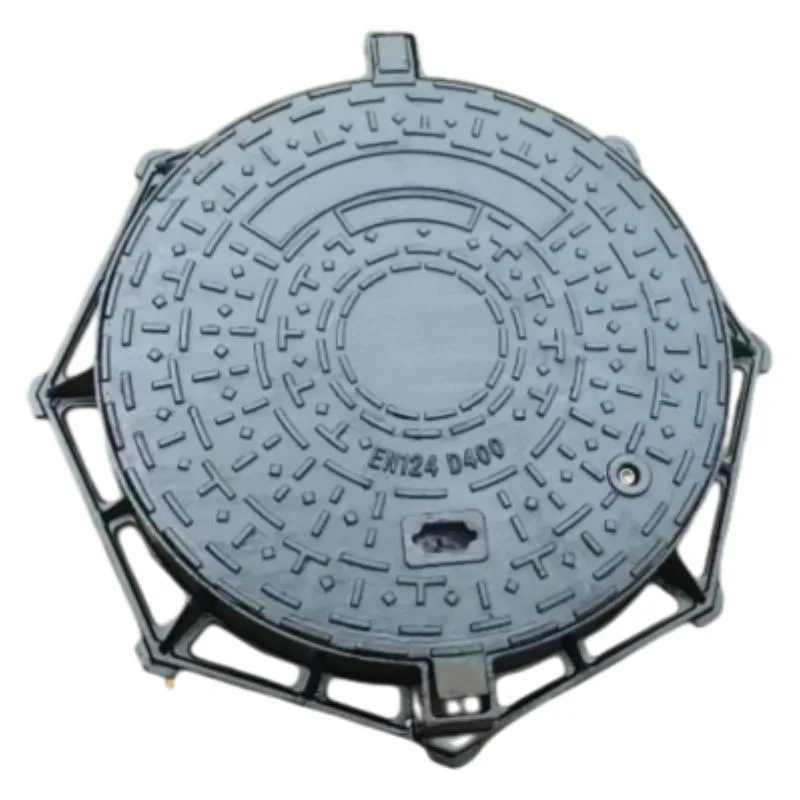Steel Butterfly Valve - Durable and Efficient Flow Control Solutions
Steel Butterfly Valve An Essential Component in Fluid Control
The steel butterfly valve is an indispensable device in various industrial applications, renowned for its efficiency and reliability in regulating the flow of fluids. This type of valve is characterized by a disc that rotates on a shaft, allowing it to open or close the flow of the medium. Its simple yet effective design makes it a popular choice across many sectors, including water treatment, oil and gas, chemical processing, and HVAC systems.
One of the most significant advantages of the steel butterfly valve is its compact design. Compared to other types of valves such as gate or globe valves, butterfly valves are considerably smaller and lighter, making them easier to install and requiring less space in piping systems. This compactness is beneficial in processes where space and weight considerations are crucial. Additionally, the streamlined features of a butterfly valve can help reduce pressure drop in the system, offering enhanced flow characteristics that improve efficiency.
The construction of steel butterfly valves contributes significantly to their durability and performance. Made typically from durable carbon steel or stainless steel, these valves are capable of withstanding high pressures and temperatures, making them suitable for demanding environments. The use of steel also provides resistance against corrosion and wear, thus extending the service life of the valve and reducing maintenance costs.
steel butterfly valve

Another essential aspect of steel butterfly valves is their versatility. They can be employed in both on/off and throttling applications, making them adaptable to various process requirements. Depending on the design, some butterfly valves can handle abrasive fluids, corrosive materials, or high-viscosity liquids. This flexibility allows industries to utilize them in numerous applications, from controlling flow in pipelines to regulating air handling in HVAC systems.
Moreover, the operation of a steel butterfly valve is user-friendly. The valve can be operated manually using a lever or automatically with an actuator. Electric, pneumatic, or hydraulic actuators can enhance the responsiveness and precision of the valve operation, allowing for automated system controls that improve overall efficiency.
However, selecting the appropriate steel butterfly valve requires careful consideration of several factors, including the size of the valve, the type of sealing materials, the working pressure, and the medium it will handle. Proper selection ensures optimal performance, safety, and longevity of the valve in the intended application.
In conclusion, steel butterfly valves represent a critical element in modern fluid control systems. Their unique combination of efficiency, durability, and versatility makes them suitable for a wide range of industrial applications. By understanding their characteristics and selecting the right valve for specific needs, industries can achieve significant improvements in processing efficiency and overall operational effectiveness. As technology advances, we might see further enhancements in the design and functionality of butterfly valves, solidifying their role as a fundamental component in fluid control systems.
-
The Smarter Choice for Pedestrian AreasNewsJun.30,2025
-
The Gold Standard in Round Drain CoversNewsJun.30,2025
-
The Gold Standard in Manhole Cover SystemsNewsJun.30,2025
-
Superior Drainage Solutions with Premium Gully GratesNewsJun.30,2025
-
Superior Drainage Solutions for Global InfrastructureNewsJun.30,2025
-
Square Manhole Solutions for Modern InfrastructureNewsJun.30,2025
-
Premium Manhole Covers for Modern InfrastructureNewsJun.30,2025
